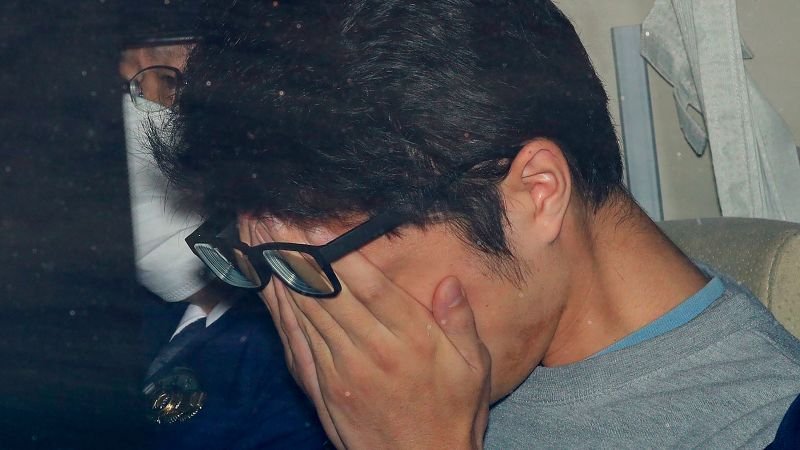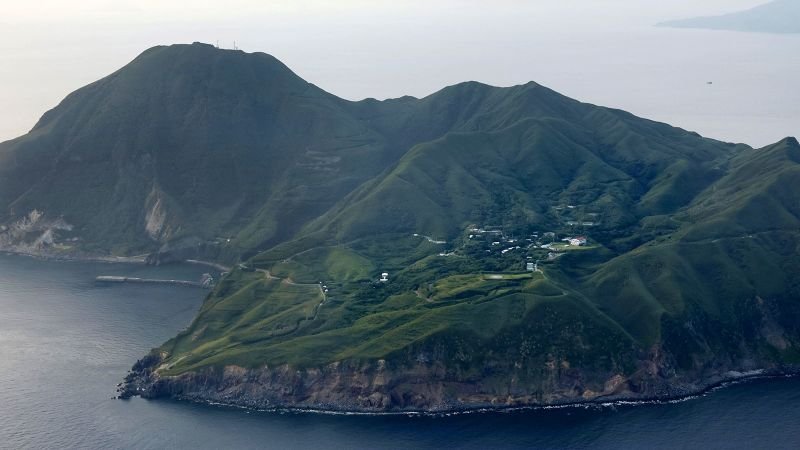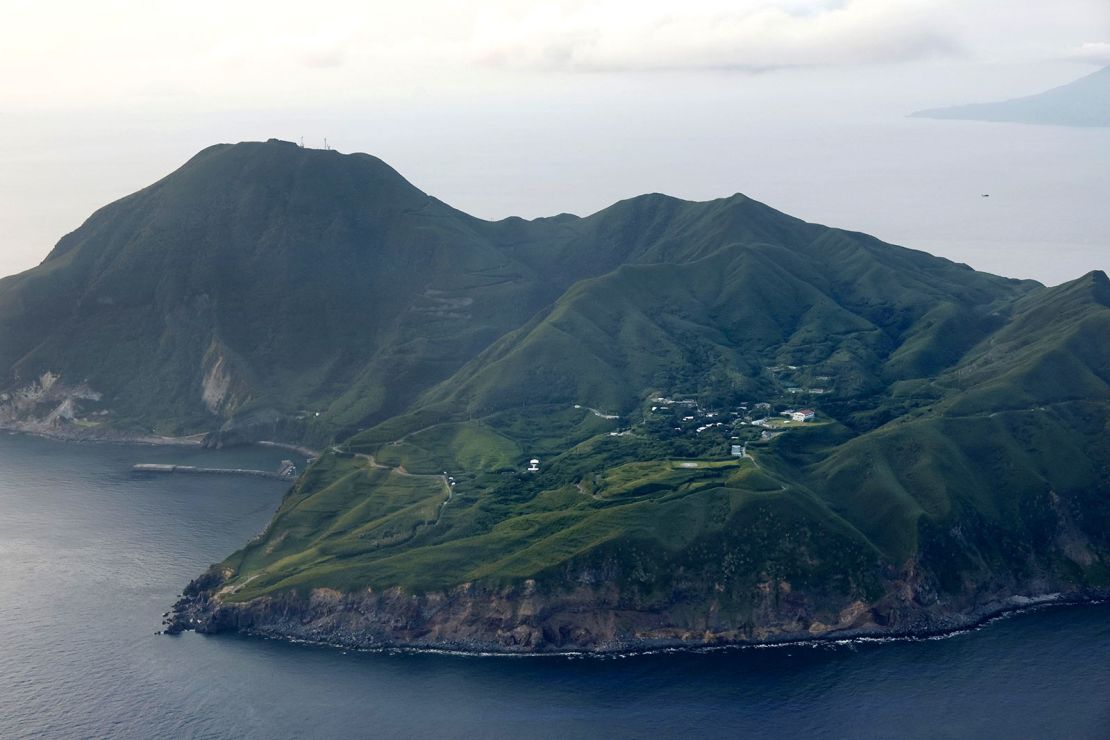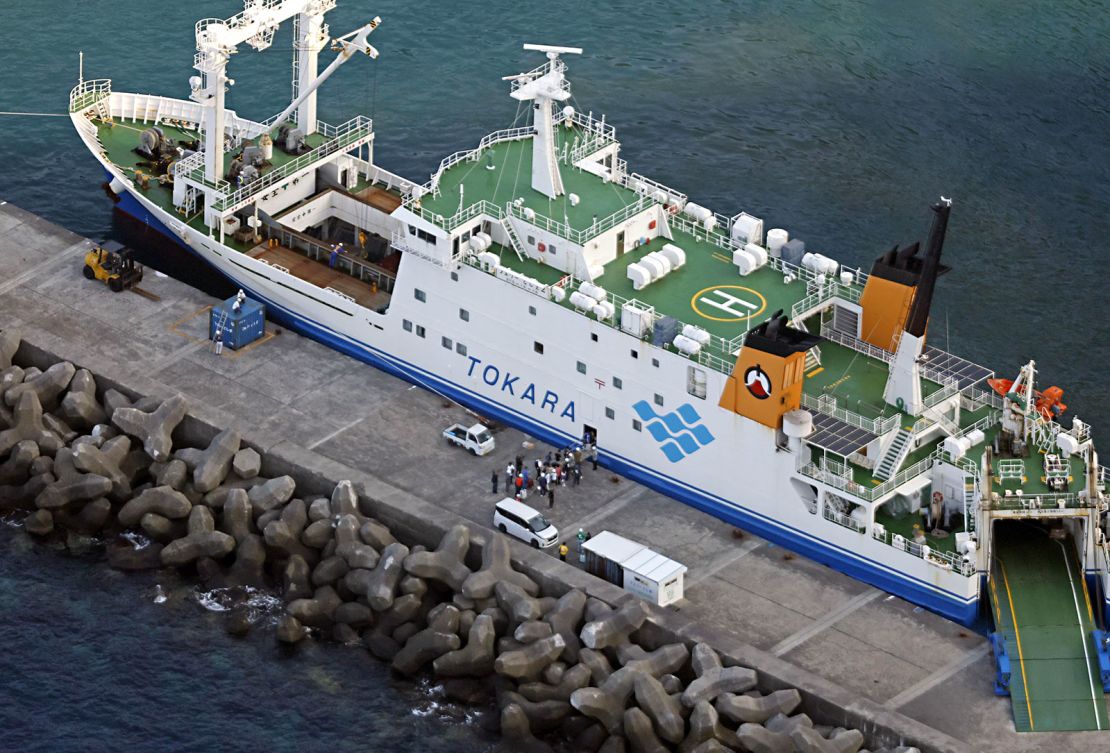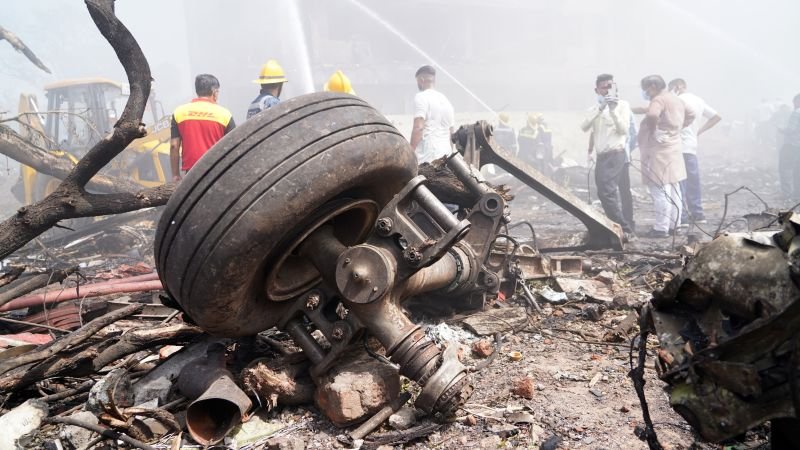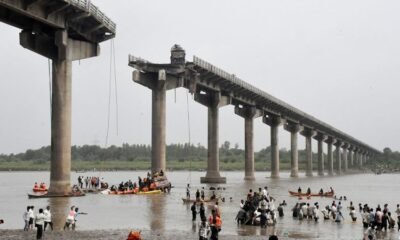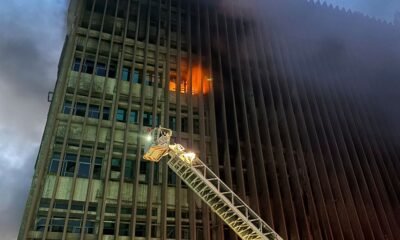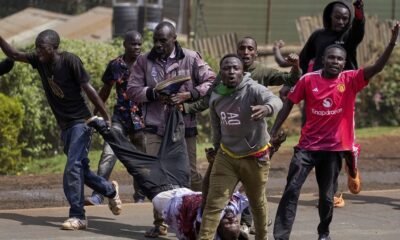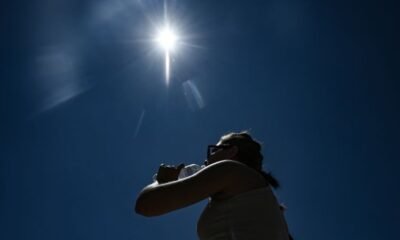Tokyo
CNN
—
School principal Yoshiro Tobo is one of the few people left on his remote Japanese island, where the earth is constantly shaking from earthquakes, having chosen to stay behind while his family are on safer ground.
The 52-year-old said he is exhausted and frightened to sleep, as “endless” quakes rumble around Akusekijima in the Tokara Islands, which have endured more than 1,800 earthquakes in the past three weeks.
His colleagues were among 49 evacuees, about 75 per cent of the population, who were evacuated to the mainland by ferry on Sunday after the strongest quake hit on July 3, toppling furniture and making it difficult to stand, according to the Japan Meteorological Agency.
Tobo, however, told CNN how he stayed behind as gatekeeper of the island’s only school, now an evacuation center.
“It has been shaking repeatedly for many days. I’ve been feeling very anxious and scared and it’s difficult to sleep,” he said.
“At their worst, the earthquakes seem endless. I can sense when a big one is coming. Even in my sleep, I can feel it approaching from a distance.”
In an emergency evacuation on Sunday, Tobo opened the school playground to the other 19 remaining islanders and five contractors, providing an open space away from any buildings which could be felled by the tremors. So far, the school remains unscathed.
“I evacuated at around midnight and went back to bed around 1:30 a.m., but I could not sleep enough. Some of the quakes were very strong,” he added.
But he said the responsibility comes with the job.
“As school administrator, I’ve chosen to stay on the island and support the effort by coordinating with government officials and local residents,” said Tobo, whose family live in Kagoshima city, on mainland Kyushu island.
“I stay home at night but I always feel ready to evacuate (to the school) at any moment, even in the middle of the night.”
Takashi Arikawa, an official at Toshima Village Office which manages the region, said the community is “sleep deprived” and “exhausted” from “constant earthquakes that have continued day and night.”
As well as Tobo, the people still on the island include firefighters, farmers, power company workers, one doctor and one nurse.
Tobo’s students resumed lessons on Tuesday via online classes. It follows a period where children were walking to school in helmets as a precaution, according to local media, and the school was closed for two days.
“Until then, some children were still on the island,” the principal said. “They seemed anxious and frightened by the ongoing earthquakes. I did my best to encourage and reassure them.
“We pray that those who remain on the island stay safe and that their homes are spared from damage.”
On neighboring Kodakarajima – which like Akusekijima is one of Tokara’s seven inhabited islands – local authorities confirmed 15 residents have been evacuated and 44 remain along with four contractors.
Kozo Matsuno, the island’s school principal who also stayed behind, said all supermarkets and stores were originally closed and daily necessities are still being delivered by ferry from Kagoshima.
But he expressed optimism, after days of sleepless nights, saying “the intervals between earthquakes have become longer.”
“The earthquakes seem to be subsiding gradually, and I hope this continues,” he told CNN.
Matsuno confirmed that all students are “in good health,” with half attending classes online after evacuating and the other half continuing in person.
The approximately 700 inhabitants of the 12-island archipelago appear well versed in such procedures. One school website shows children sheltering under their desks during a drill in Akusekijima last month.
In addition to the strongest quake on July 3, the region has experienced 128 level-three quakes, according to Japan’s unique, seven-level Shindo intensity scale, categorizing them as strong enough to wake sleeping people.
There have also been at least 39 at level four, felt by most people walking; four at level five, where windows could shatter; and three at upper five, where it’s difficult to move without support.
The region has experienced long periods of tremors before, with one significant event in 2023 bringing 346 recorded quakes.
Officials said there is currently no tsunami risk, but cautioned that the ground remains unstable, according to local media. Residents have been warned of the possibility of collapsing buildings and landslides.
Japan’s government on Saturday warned of more possible strong earthquakes in the area, but urged the public not to believe unfounded comic book predictions of a major disaster striking the country on July 5.
This stems from rumors inspired by the manga “The Future I Saw,” which warns of a major disaster in March 2011, a date which turned out to coincide with the earthquake and tsunami that hit Japan’s northern Tohoku region that month, which caused the Fukushima nuclear disaster.
The “complete version,” released in 2021, claims that the next big earthquake will hit this July.
Earthquakes are common in Japan, which accounts for about one-fifth of the world’s tremors of magnitude 6 or greater.
The country sits on the so-called Ring of Fire, home to 75 per cent of the world’s active volcanoes, where roughly 90 per cent of all earthquakes occur. Stretching almost 25,000 miles, the horseshoe-shaped Ring of Fire encircles most of the Pacific Ocean.
This is where many tectonic plates meet and move against each other, causing friction that releases energy and creates the shaking that is unleashed during an earthquake.
Hanako Montgomery contributed to this report.

